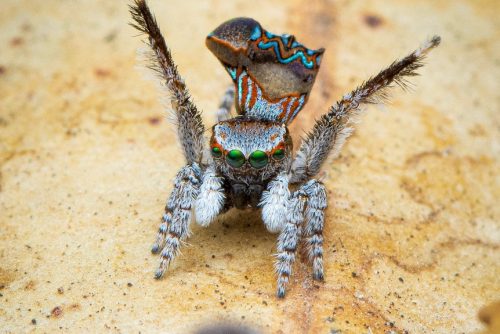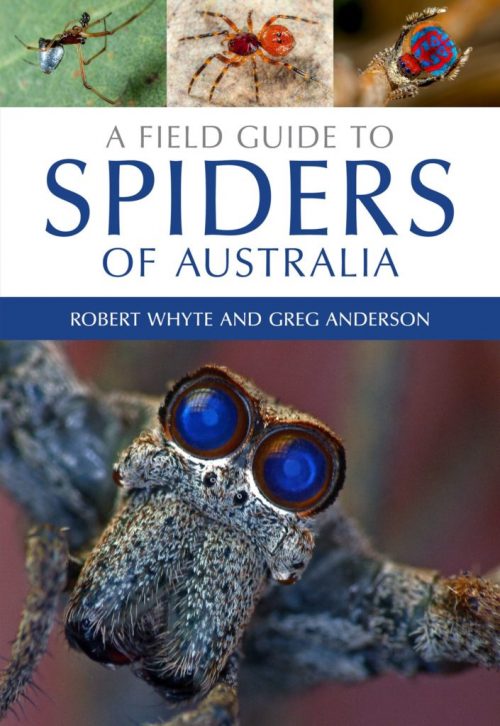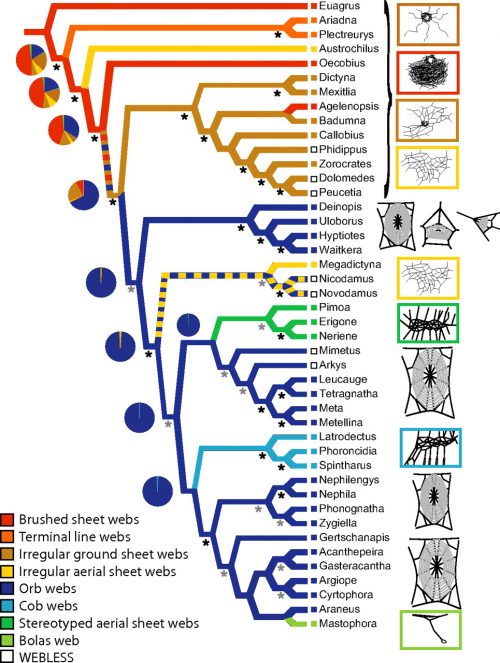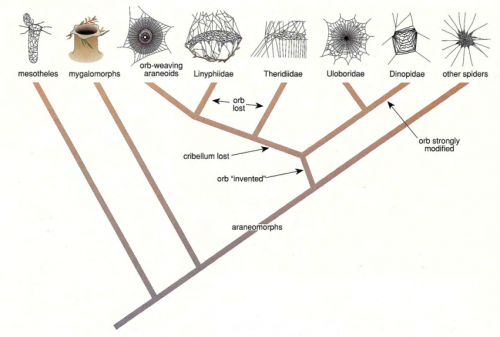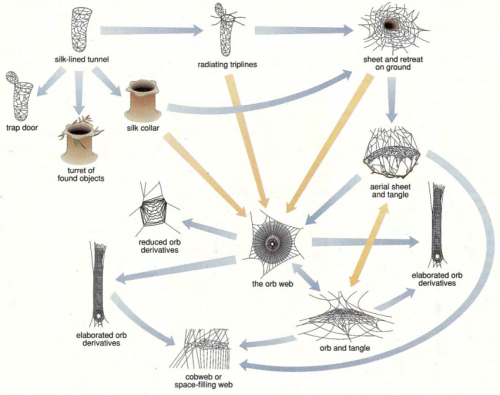I had to look at what they were saying about these beautiful animals, and <shock, horror> they are lying about their evolution. Oh well, it gave me a chance to compare ID creationists to YE creationists. There is a little difference there.
Script below the fold for all of you who hate watching videos.




